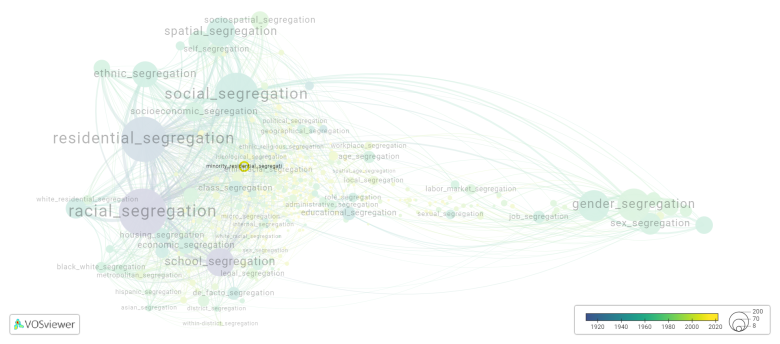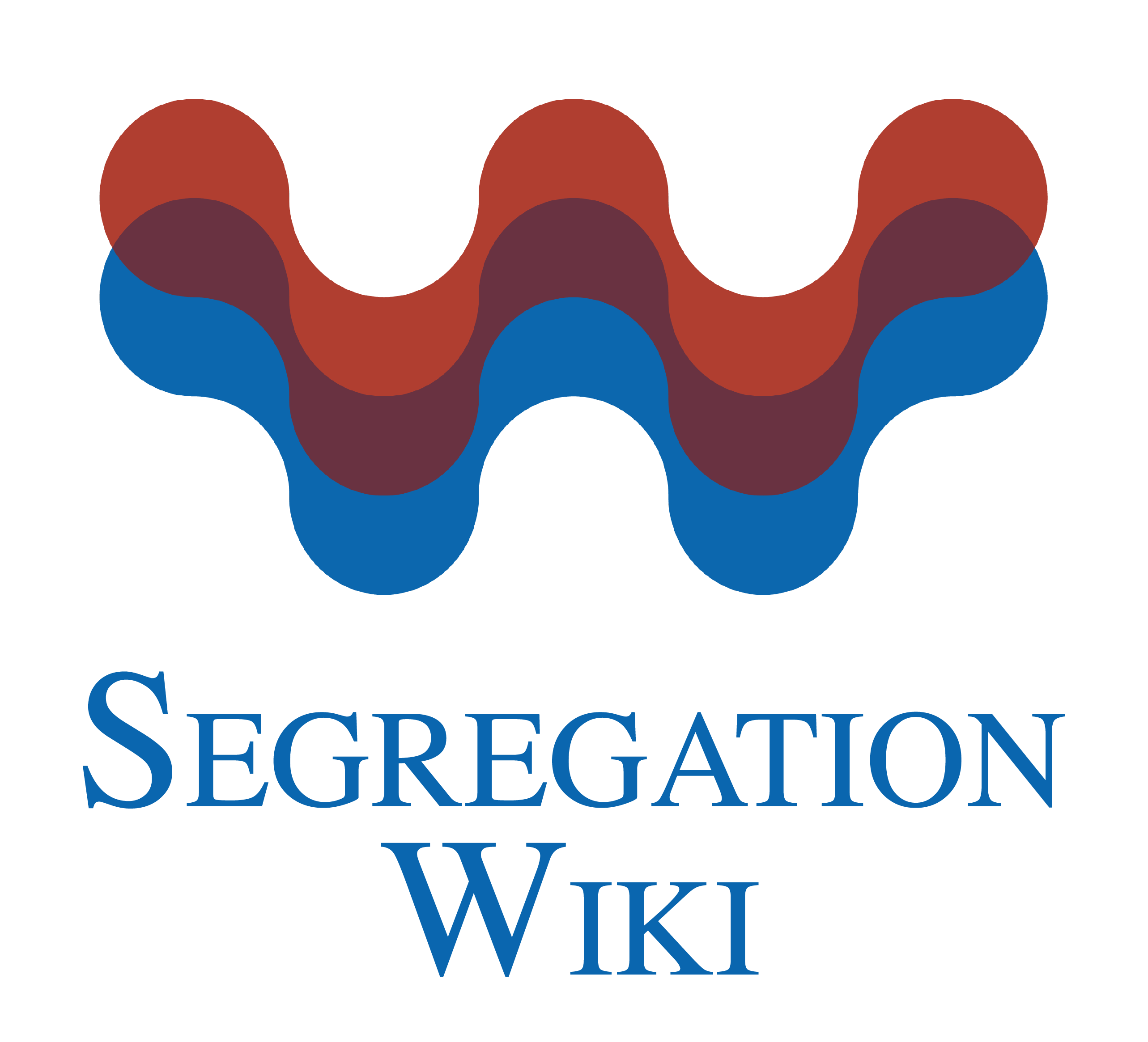Minority residential segregation
Date and country of first publication[1]
2016
United Kingdom
Definition
Minority residential segregation refers to the concentration of minority individuals or groups in specific neighborhoods or areas within a city or region, often as a result of historical discrimination, economic disparities, or social exclusion. This segregation can lead to unequal access to resources, services, and opportunities for minority residents compared to those living in more affluent or predominantly white neighborhoods. Minority residential segregation can contribute to social isolation, limited upward mobility, and disparities in health, education, and economic outcomes for minority populations. Efforts to address minority residential segregation often involve policies and practices aimed at promoting fair housing, affordable housing options, and inclusive communities.
See also
Related segregation forms
Minority residential segregation is frequently discussed in the literature with the following segregation forms:
ethnic segregation, racial segregation, residential segregation, ethnic residential segregation

This visualization is based on the study The Multidisciplinary Landscape of Segregation Research.
For the complete network of interrelated segregation forms, please refer to:
References
Notes
- ↑ Date and country of first publication as informed by the Scopus database (December 2023).
Minority residential segregation appears in the following literature
Johnston R., Jones K., Manley D., Owen D. (2016). Macro scale stability with micro scale diversity: modelling changing ethnic minority residential segregation London 2001 2011. Transactions of the Institute of British Geographers, 41(4), 389-402. Blackwell Publishing Ltd.https://doi.org/10.1111/tran.12142
